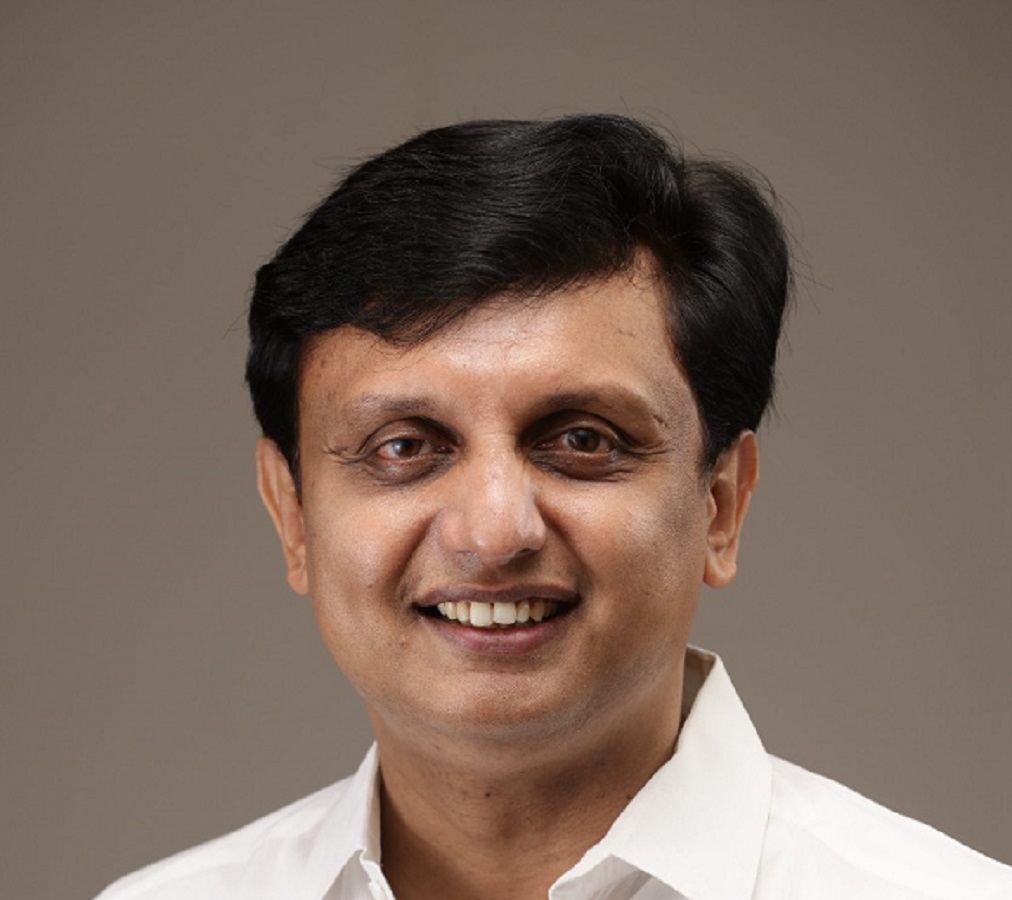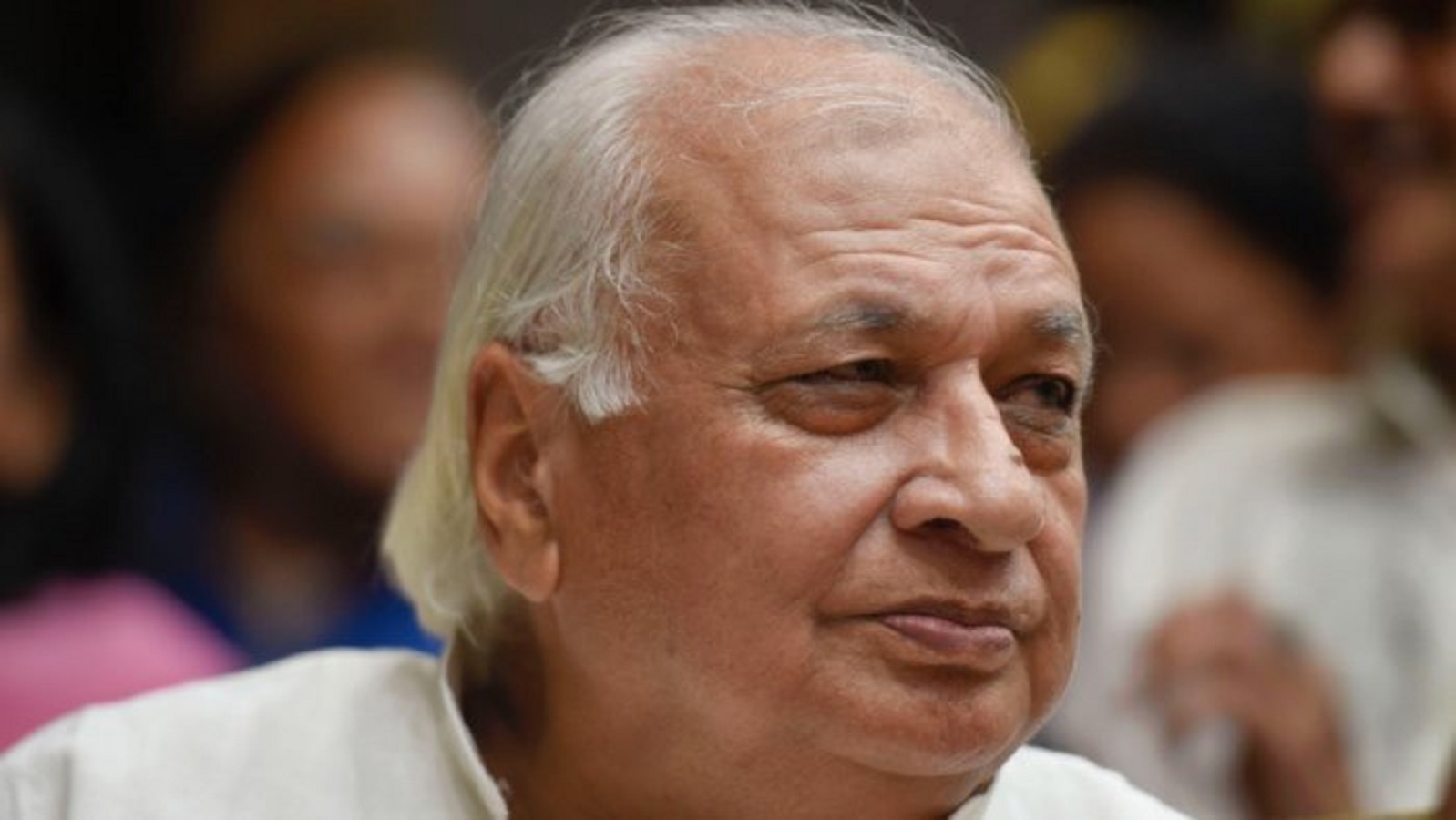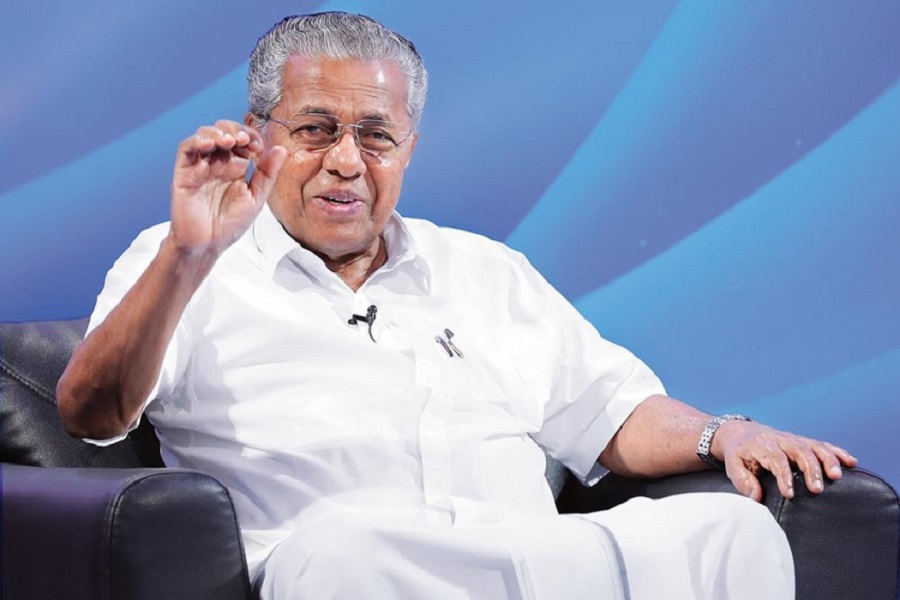THIRUVANANTHAPURAM:
Kerala’s successes with Responsible Tourism (RT) can pivot the state to a high rank in the attainment of the globally accepted Sustainable Development Goals (SDGs) by 2030, internationally accredited tourism expert Dr Harold Goodwin has said.
“The most important thing for me is the success of the Responsible Tourism Mission and the way in which local communities have been enabled to earn from tourism as an additional livelihood. Local communities don’t stop what they were doing before but have an additional source of income,” noted Dr Goodwin, who is the Founder and Managing Director of the International Centre for Responsible Tourism.
During a recent visit to Kerala in connection with an international symposium on People’s Participation for Participatory Planning & Empowerment through Responsible Tourism (PEPPER), organised by the Responsible Tourism Mission under the Tourism Department, he said the state can also favourably score in the aspects of alternative technologies, soil and water management.
“Everybody struggles with carbon, but in Kerala there is a fairly rapid uptake of alternative technologies such as solar which is very successful — very good management of water resources, small-scale but very productive agriculture with intensive use of the land and the management of the soil along with a very productive horticulture,” the expert observed.
On partnerships for the SDGs, Kerala can be among the best places in the world, said Dr Goodwin, an Emeritus Professor at Manchester Metropolitan University and Advisor to the World Travel Market.
“When I see the relationship between the Tourism Minister or the Director and the Panchayats, I don’t know anywhere else in the world where this is possible, except probably in a city like Barcelona,” he explained.
On how tourism sector can contribute to the state’s rebuilding after the August floods, Dr Goodwin said the only way the tourism industry can help in the recovery is to get back on its feet and get tourists travelling here. “Kerala is a very beautiful place to visit,” he added.
He had also a word of appreciation for the political system and the Panchayats in Kerala who he said did not ignore the interests of the local people.
“If you remember the tsunami, though it was a very different situation, what was striking there is that the opportunity was taken to remove the local people from the tourist areas. That has not happened here,” he pointed out.
Speaking about the disaster, Dr Goodwin added, “To be honest, I expected to see a lot more damage. One of the problems about natural disasters, when they hit tourism areas, is that the news of the disaster travels very fast, the news of the recovery does not.”
Though cautioning Kerala against the risk of ‘over tourism’, Dr Goodwin welcomed the growth of Vaikom as an RT destination, which has helped to shift the burden from Kumarakom.
To sustain the successes in RT destinations, he stressed the importance of marketing so that the villagers reap the benefits of their investments.




